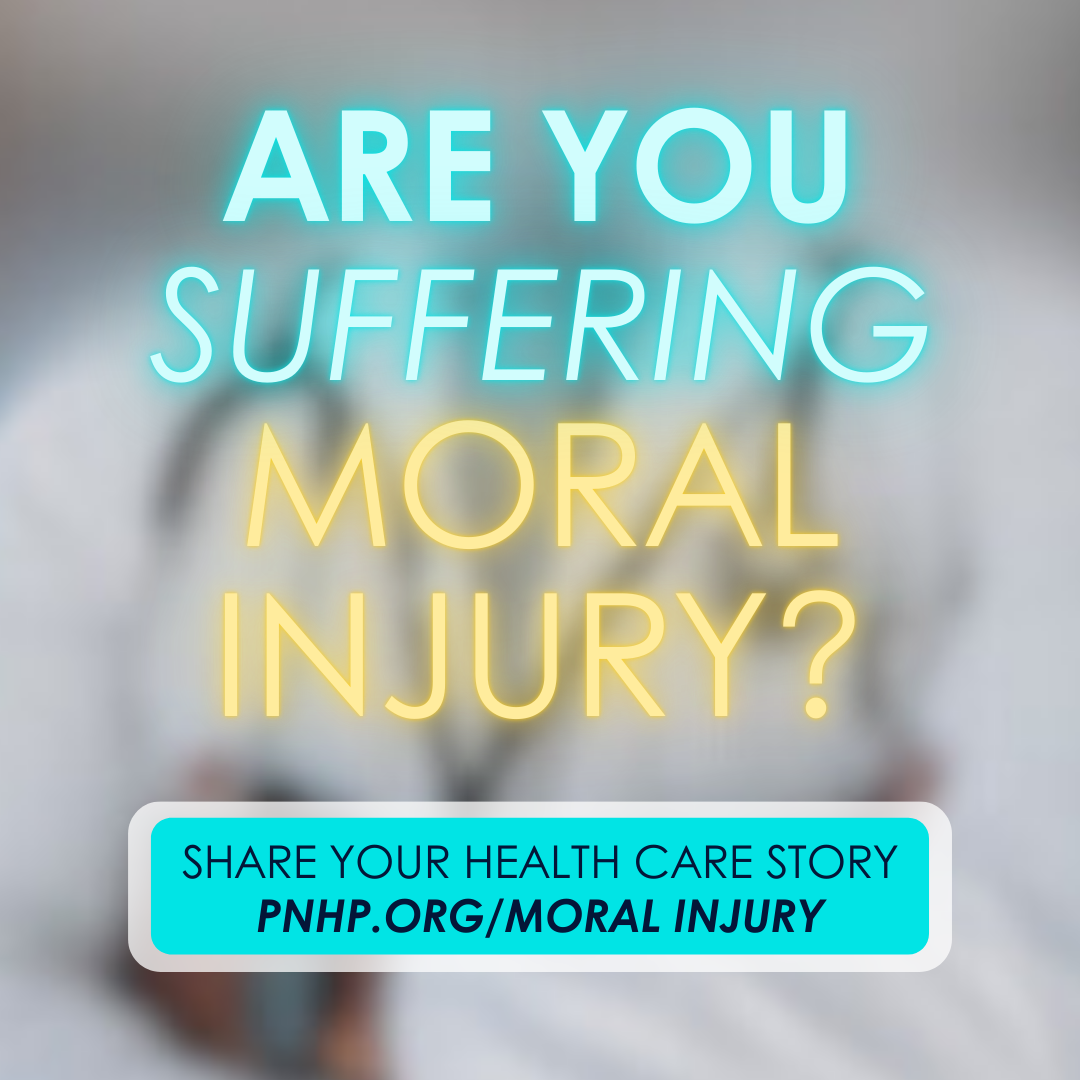Embargoed until 12:01 a.m., Tuesday June 14, 2005
For further information contact:
Mary Mahon: (212) 606-3853 / mm@cmwf.org
cell phone (917) 225-2314
Kari Root: (301) 652-1558, ext. 112
NEW STUDY: AT LEAST 16 MILLION ADULTS WITH HEALTH INSURANCE LACK ADEQUATE COVERAGE; NUMBER OF UNINSURED AND UNDERINSURED ADULTS ESTIMATED AT 61 MILLION
Many Patients At Financial Risk; Cutting Back On Needed Medications And Treatment
Bethesda, MD – In addition to the 45 million uninsured adults in this country, at least another 16 million adults were underinsured in 2003, meaning that they did not have enough financial protection to cover their health care expenses, according to a Web Exclusive paper released today in the journal Health Affairs.
According to the paper, titled “Insured but Not Protected: How Many Adults Are Underinsured,” by Cathy Schoen and colleagues of the Commonwealth Fund, an estimated 61 million adults – 35 percent of Americans ages 19-64 – had either no insurance, sporadic coverage, or insurance that exposed them to catastrophic medical costs during 2003. The study is the first in more than a decade to assess the growing numbers of underinsured adults and how their lack of adequate coverage affects their health, as well as their finances and related stress.
You can read the paper at
http://content.healthaffairs.org/cgi/content/abstract/hlthaff.w5.289
Until now researchers have only surmised about the effects of being underinsured. This study, which surveyed more than 4,000 U.S. adults between September 2003 and January 2004, finds that the underinsured are almost as likely as the uninsured to go without needed health care and to incur medical debt.
Those most at risk for being underinsured are people with low or moderate incomes and those who suffer from chronic illnesses. Underinsured adults were more likely than those with more adequate coverage to face higher cost sharing and limits on what their plans would pay for treatment and to find that their plans did not cover care that they thought would be covered. Yet, despite more limited coverage, they also faced high annual premium costs. One-third had annual premiums of $1,500 or higher, while nearly half paid premiums that amounted to 5 percent of their incomes.
“In the past several years, this country has seen a relentless rise in insurance costs and a major shift in comprehensive insurance benefits toward plans with higher deductibles, more patient cost-sharing, and in some cases, restricted benefits,” said Schoen, lead study author and a vice president at the Commonwealth Fund. “The result is that significantly more people face real barriers to care as well as financial stress.”
According to the study, these changes in health insurance coverage are leaving more people without adequate financial protection. This increases their risk of not being able to obtain needed high-quality health care.
Compared to adults with adequate insurance coverage, underinsured and uninsured adults were significantly more likely to go without care because of costs, to lack confidence that they would receive high-quality care, and to rate their care experiences negatively. Findings related to access and care include the following:
– Half of the underinsured (54 percent) and uninsured (59 percent) went without at least one of four needed medical services?double the rate of those with adequate insurance
– Two-thirds of sicker adults who were underinsured and three-fourths of sicker adults who were uninsured went without needed care because of costs
– Nearly half of underinsured sicker adults with chronic diseases or poor health did not adhere to prescribed medications
-Thirty-eight percent of sicker underinsured adults did not see a doctor when sick, and one-third did not follow up on treatments or care recommended by their doctors because of cost.
Rates of medical bill stress among the underinsured were almost equal to those reported by the uninsured. Findings related to financial stress include the
following:
– Seven out of ten low-income adults (household income 200 percent below the federal poverty level) were either uninsured or underinsured during the year
– Nearly half (46 percent) of underinsured adults were contacted by a bill collection agency with regard to medical bills.
About 7 percent of continuously insured adults spent 10 percent or more of their income on family medical expenses during the year. The study highlights the importance of taking income into account in insurance plan design. This includes limiting out-of-pocket cost exposure to not more than 10 percent of income in general, and 5 percent for those with low incomes. Yet in today’s markets, income-related designs are rarely seen.
“Unless this country starts to pay attention to health insurance benefits design, it is going to be harder to distinguish the insured from the uninsured,” said Commonwealth Fund President Karen Davis. “What we are seeing is a health care divide between people who have adequate insurance, and those who have inadequate insurance. Without policy action the number of underinsured is likely to increase.”
The Commonwealth Fund is a private foundation supporting independent research on health and social issues. To read or download publications, visit its Web site, www.cmwf.org.
###
PNHP occasionally posts press releases from other organizations with important news about the health care crisis or the single-payer option for health care reform.
